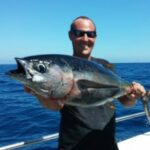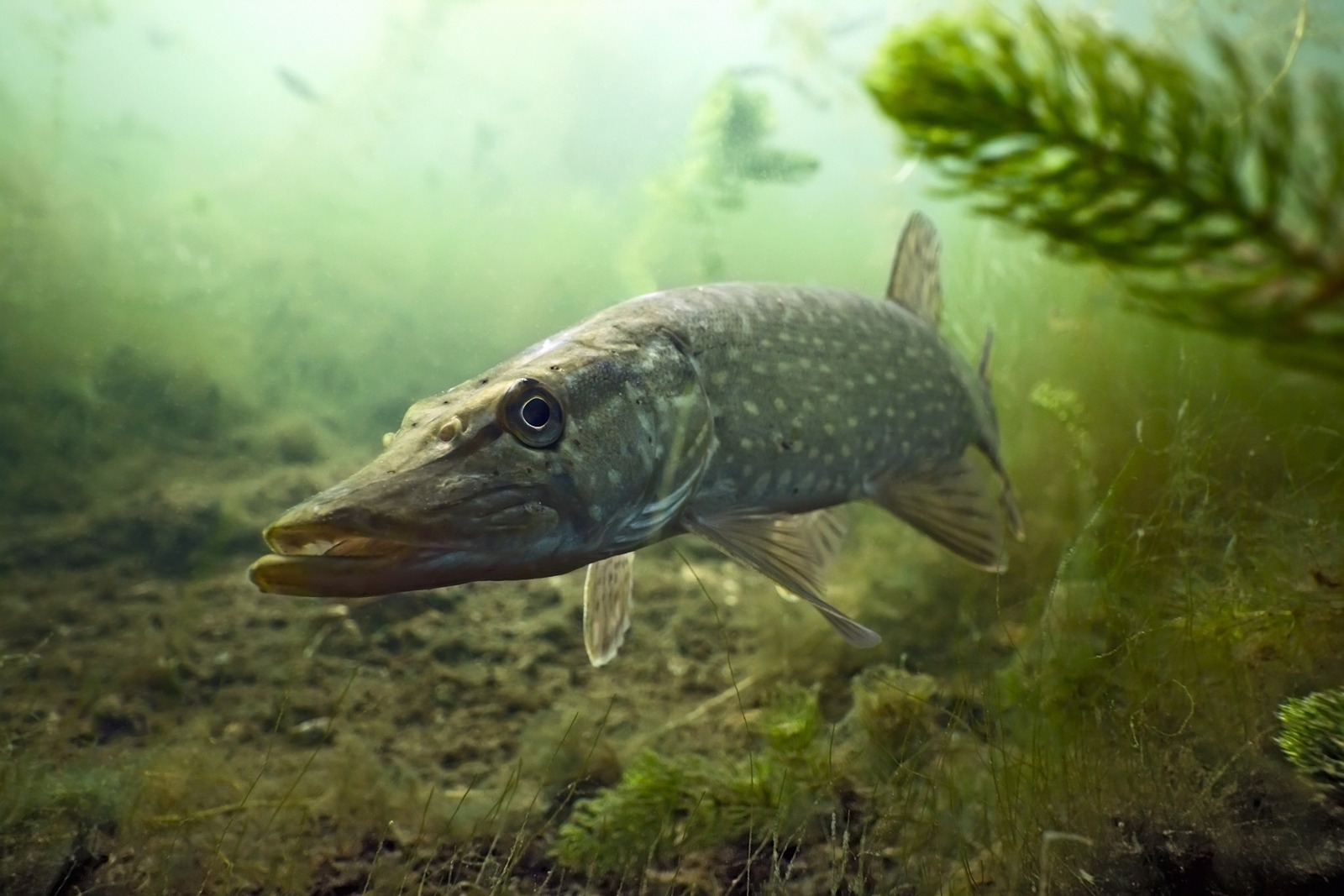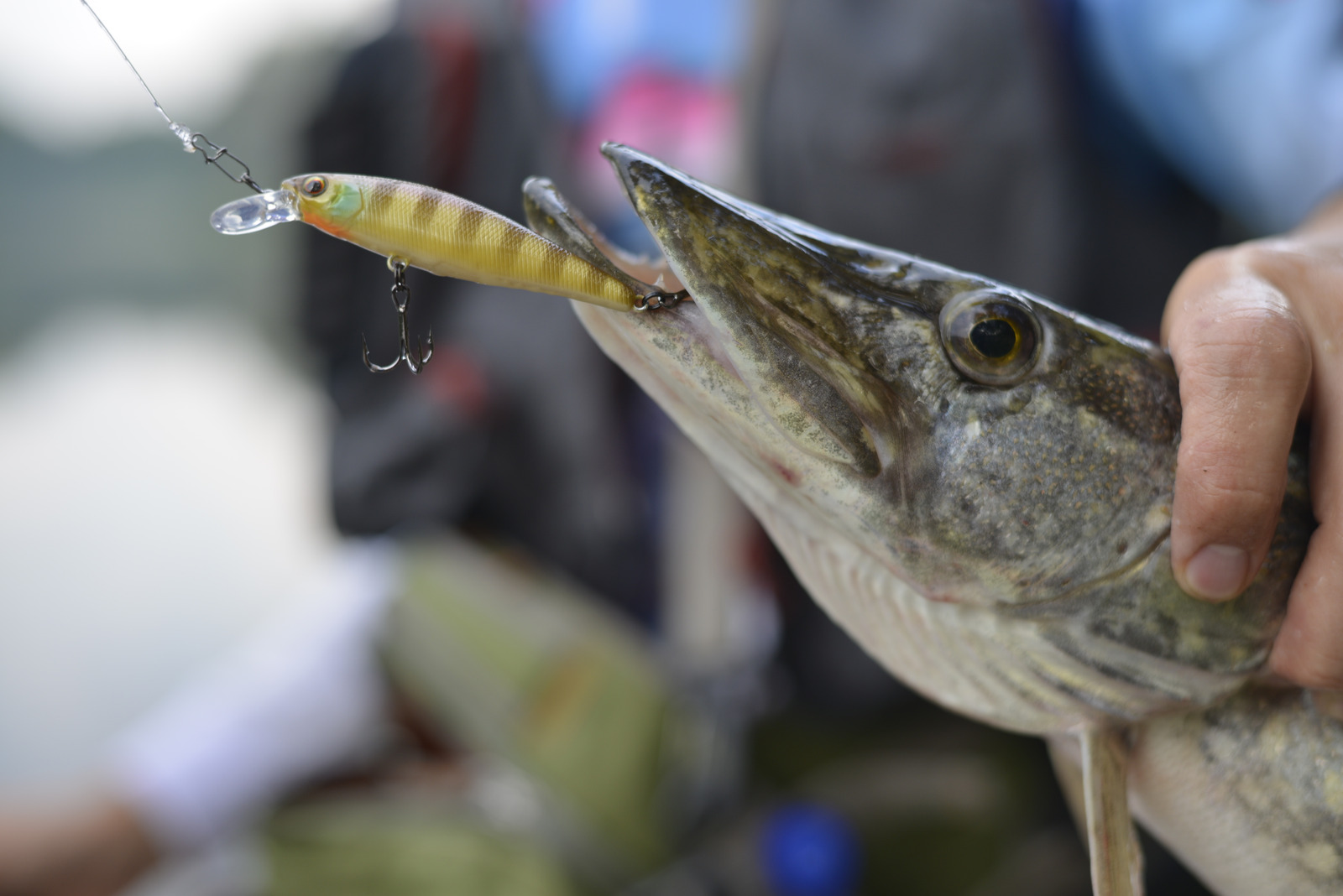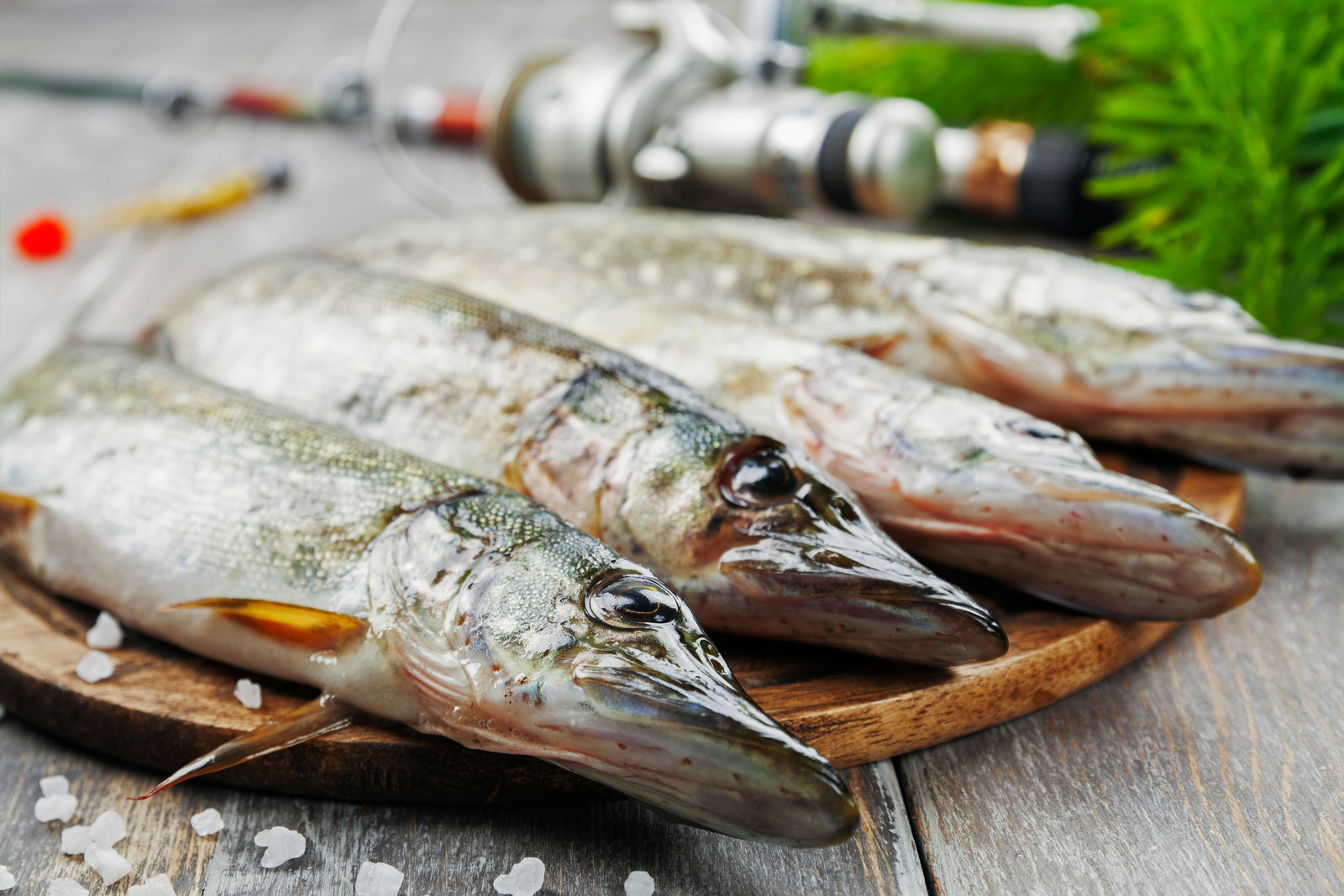What does pike eat?
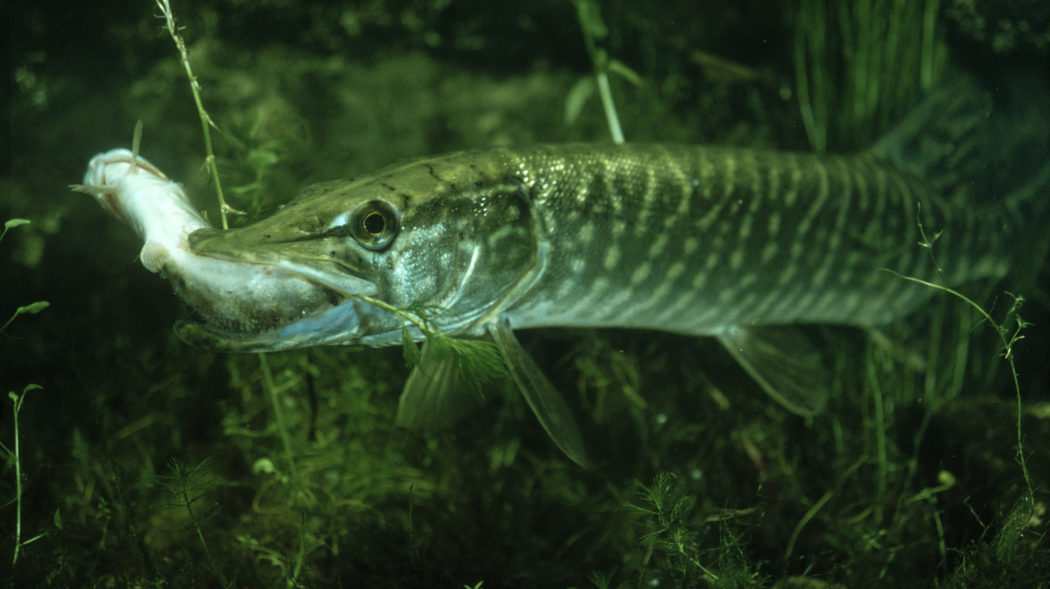
Pike is a type of fish that can be found in many different parts of the world. They are a popular game fish, and they are also used for commercial fishing.
Pike are predators, which means that they eat other animals. In this article, we will discuss what pike eat and provide some examples.
So, what does pike eat?
Pike are carnivorous, which means that they eat meat. They will eat just about any animal they can fit their mouths around: other fish, small mammals like mice and squirrels, birds (ducks), reptiles (snakes) such as snakes or turtles; even frogs!
Their diet changes depending on what is available in the area where a particular pike lives.
Where do pikes live?
Pike are found in many different parts of the world. They can be found in both saltwater and freshwater, including lakes and rivers as well as oceans.
They prefer to live near shores where there is a lot of vegetation or other covers where they can hide from predators like birds that try to eat them!
Where does big pike hang out?
Bigger pike can often be found in deeper water, where it is harder for other predators to get to them.
In some cases, they will live in cold-water lakes where the temperature is below 50 degrees Fahrenheit!
What do baby pikes eat?
When they are first born, baby pikes eat a lot of zooplankton.
Baby pikes will also eat small fish and minnows when they are older.
Are they smart enough to catch their prey?
Pike have very sharp teeth, but they do not use them in the same way that a cat or dog would use their claws to kill an animal.
Instead of biting at their prey, pike uses their sharp teeth to grab hold of it. Then they will twist their body until the prey is dead.
This can be very dangerous for the prey because a pike’s mouth is large and has many sharp teeth!
What are the main types of pike?
In the United States, there are three main types of Pike:
Northern Pike (Esox lucius)
Northern Pike can grow up to six feet long! They are found in the eastern half of the US and southern Canada.
Muskellunge or Muskie (Esox masquinongy)
Muskellunge can grow up to three feet long, and they are found in the northern parts of the US and Canada.
Chain Pickerels (Esox niger)
Chain Pickerels can grow up to two feet long, and they are found throughout the eastern part of the US.
What is the best bait for pike?
Since pikes are predators, they will eat just about anything that looks like food. However, some baits work better than others when trying to catch a pike.
Some good bait choices for pike include:
- Live minnows
- Nightcrawlers
- Frogs
- Mice
- Chicken livers
If you want to know what are the best bait and lures when fishing, we have articles here for that.
What do you need to know to go out and catch a pike?
Find a good area
You need to find an area where there are pikes. This can be a difficult task, as pikes are not always easy to find.
If you are fishing in a lake, look for areas near the shore where there is a lot of vegetation. Pike like to hang out near cover where they can hide from predators.
If you are fishing in a river, look for areas where the river splits into different channels. Pike like to hang out in these areas because there is more food available.
Use the right bait
You need to use the correct bait for the pike in that area.
Pike will eat just about anything, but some baits work better than others. Live minnows and nightcrawlers are two of the best baits to use when trying to catch a pike.
Use a good tackle
You need to use the best rod for pike fishing and reel to catch a large fish like a pike!
If you also want to know if is it worth buying wholesale tackle, we have an article for that.
Be patient
They don’t always bite right away so it might take some time before one of them takes your bait.
When is the best time to catch pike?
You can catch pikes at any time of the year, but they are more active in the spring and fall when water temperatures are warmer.
The best times to go fishing for pike are during these seasons:
- Spring (April – May)
- Fall (September – October)
Why do people like pikes so much?
Many anglers find that catching a pike is very rewarding because it takes skill and patience to land one of these powerful fish.
Pike is one of the most popular game fish in North America and Europe. It’s a great challenge for any angler looking to test their skills on something bigger than just trout (who likes salmon eggs) or bass!
Can you eat pike?
Yes, pike is delicious! They are also very healthy since they aren’t filled with mercury like some other fish.
Pike can be cooked in many different ways such as frying them up or baking them whole.
How should you clean a pike?
You need to clean the guts out of your catch before cooking it so there aren’t any unwanted bacteria in it.
To clean a pike, start by cutting the head off of it. You can then cut the body in half and remove the guts with a knife. Finally, rinse the fish off with water before cooking it.
In Conclusion
Pike is a popular game fish because it is a challenging predator to catch. They are found in many different parts of the United States and Canada and can be caught using live bait or artificial lures.
Pike can be cooked in many different ways, but they are most commonly fried or baked whole. They are also very healthy to eat since they aren’t filled with mercury like some other fish.
The best time to go fishing for pike is during the spring and fall when water temperatures are warmer (between 60°F – 70°F). You can also catch them at any time of year if you know where there are schools of baitfish, as pikes will often follow these schools around.
The best bait for pike are live minnows and nightcrawlers, but they also like frogs or mice if you can find them in your area. You should always use a strong rod and reel when fishing for something as big as this predator!
As an Amazon Associate, Fishermen's Angle earns from qualifying purchases. We get commissions for purchases made through links in this post.
